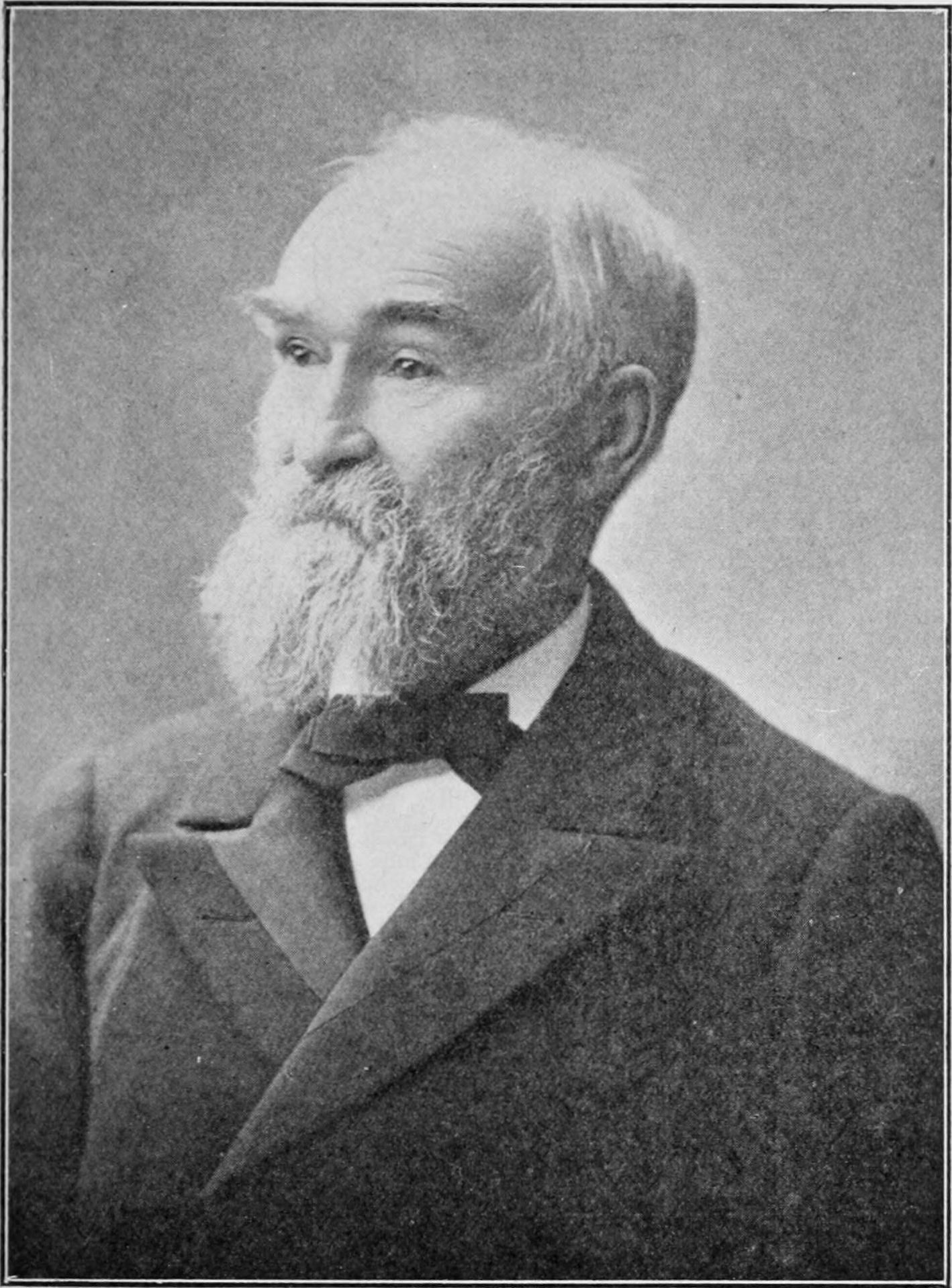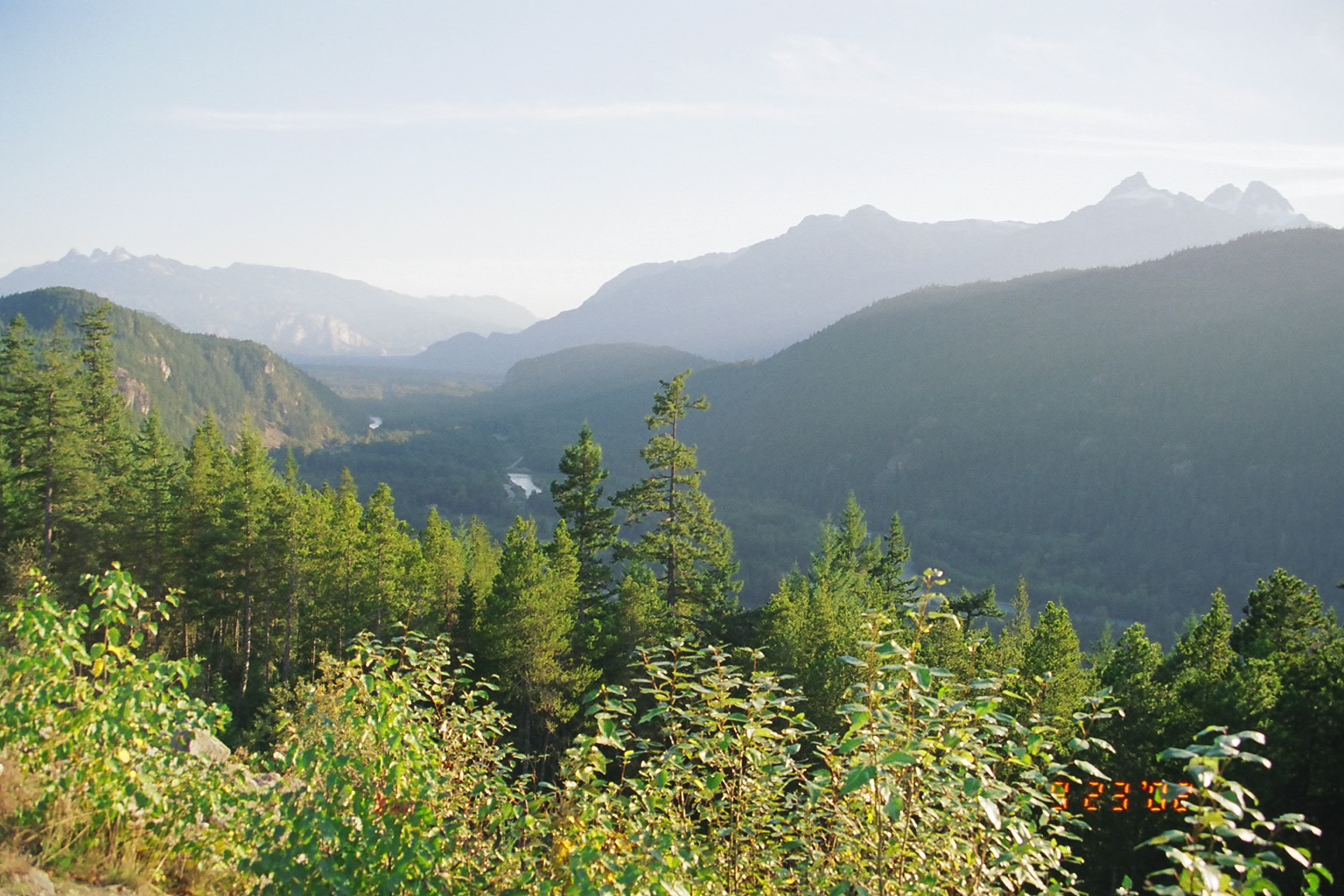|
Youngs Peak (Canada)
Youngs Peak is a glaciated mountain summit in Glacier National Park, in the Selkirk Mountains of British Columbia, Canada. It is south of Rogers Pass, northeast of Revelstoke, and west of Golden. The mountain was first climbed in 1898 by Charles Ernest Fay and Redt F. Curtis. The mountain's toponym was officially adopted February 8, 1977, by the Geographical Names Board of Canada. It is named for Mrs. Julia M. Young (1853-1925), the Glacier House manager from 1899 through 1920. Climate Based on the Köppen climate classification, Youngs Peak is in a subarctic climate zone with cold, snowy winters, and mild summers. Temperatures can drop below −20 °C with wind chill factors below −30 °C. This climate supports the Asulkan Glacier on the northwest slope, and the Geikie Glacier on the east slope. Precipitation runoff from the mountain and meltwater from its glaciers drains north into a tributary of the Illecillewaet River, and south into headwaters of the Inco ... [...More Info...] [...Related Items...] OR: [Wikipedia] [Google] [Baidu] |
Duncan Ranges
The Duncan Ranges are a subrange of the Selkirk Mountains of the Columbia Mountains in southeastern British Columbia, Canada, located west of the Duncan River, southeast of Revelstoke. Notable peaks *Albert Peak *North Albert Peak *Mount Cartier *Ghost Peak *Mount Mackenzie *Mount Templeman Sub-ranges *Badshot Range The Badshot Range is a subrange of the Duncan Ranges of the Selkirk Mountains of the Columbia Mountains in southeastern British Columbia, Canada Canada is a country in North America. Its ten provinces and three territories extend from ... References *Duncan Rangesin the Canadian Mountain Encyclopedia Selkirk Mountains {{BritishColumbiaInterior-geo-stub ... [...More Info...] [...Related Items...] OR: [Wikipedia] [Google] [Baidu] |
Canadian Pacific Hotels
Canadian Pacific Hotels (CPH) was a division of the Canadian Pacific Railway (CPR) that primarily operated hotels across Canada. CPR restructured the division as a subsidiary in 1963. Early hotels Since passenger revenue made a significant contribution to railway profitability, facilities, such as hotels, were essential for attracting passenger traffic. The three earliest locations (Mount Stephen House, Glacier House and North Bend) were initially only dining stops, necessary because steep railway grades made hauling a dining car uneconomical. Thomas Sorby's design for these three hotels was inspired by Swiss Chalets. Hotels were established mainly at locations that connected with other passenger rail or ferry routes, but some rural locations, especially in the Canadian Rockies/ Selkirk Mountains, became tourist destinations in their own right. After the success of the original Banff Springs Hotel, described as a "Tudor chalet in wood", CPR lobbied the government to creat ... [...More Info...] [...Related Items...] OR: [Wikipedia] [Google] [Baidu] |
Two-thousanders Of British Columbia
Two-thousanders are mountains that have a height of at least 2,000 metres above sea level, but less than 3,000 metres. The term is used in Alpine circles, especially in Europe (e.g. German: ''Zweitausender''). The two photographs show two typical two-thousanders in the Alps that illustrate different types of mountain. The Säuling (top) is a prominent, individual peak, whereas the Schneeberg (bottom) is an elongated limestone massif. In ranges like the Allgäu Alps, the Gesäuse or the Styrian-Lower Austrian Limestone Alps the mountain tour descriptions for mountaineers or hikers commonly include the two-thousanders, especially in areas where only a few summits exceed this level. Examples from these regions of the Eastern Alps are: * the striking Nebelhorn (2,224 m) near Oberstdorf or the Säuling (2,047 m) near Neuschwanstein, * the Admonter Reichenstein (2,251 m), Eisenerzer Reichenstein (2,165 m), Großer Pyhrgas (2,244 m) or Hochtor (2,369&n ... [...More Info...] [...Related Items...] OR: [Wikipedia] [Google] [Baidu] |
Mount Afton
Mount Afton is a mountain summit located in Glacier National Park in the Selkirk Mountains of British Columbia, Canada. It is situated near the north end of Asulkan Ridge, south of Rogers Pass, northeast of Revelstoke, and west of Golden. The first ascent of the mountain was made in 1893 by Herbert Lambert, Miss MacLeod, Harold A. Perley, William H. Rau, and William Stables via the east buttress. The mountain was climbed in 1895 via the south ridge by Philip Stanley Abbot, Charles Ernest Fay, and Charles S. Thompson who named the mountain after themselves using an amalgamation of letters from their surnames, ("A"bbot "F"ay "T"homps"on"). The mountain's name was officially adopted March 31, 1924, when approved by the Geographical Names Board of Canada. Climate Based on the Köppen climate classification, Mount Afton is located in a subarctic climate zone with cold, snowy winters, and mild summers. Temperatures can drop below −20 °C with wind chill factors below ... [...More Info...] [...Related Items...] OR: [Wikipedia] [Google] [Baidu] |
Mount Bonney
Mount Bonney, is a mountain summit located in Glacier National Park in the Selkirk Mountains of British Columbia, Canada. Mount Bonney is surrounded by ice including the Bonney Glacier, Clarke Glacier, Swanzy Glacier, and Bonney Névé. Its nearest higher peak is Mount Sir Donald, to the northeast. Mount Bonney is visible from Highway 1, the Trans-Canada Highway at Rogers Pass. History The first ascent of the mountain was made in 1888 by Reverend William S. Green and Rev. Henry Swanzy. The first ascent by a lady was in 1904 by Henrietta L. Tuzo with guide Christian Bohren. Mount Bonney, Bonney Glacier, and Bonney Névé were each named in 1888 by Reverend Green for Thomas George Bonney (1833–1923), president of the Geological Society of London and president of the Alpine Club of London. BC Geographical Names The mountain's na ... [...More Info...] [...Related Items...] OR: [Wikipedia] [Google] [Baidu] |
Mount Donkin
Mount Donkin is a summit in British Columbia, Canada. Description Mount Donkin is located in Glacier National Park and is part of the Selkirk Mountains. Precipitation runoff from the mountain drains into tributaries of the Incomappleux River. Mount Donkin is more notable for its steep rise above local terrain than for its absolute elevation. Topographic relief is significant as the summit rises 1,840 metres (6,037 ft) above the Incomappleux River in . The nearest higher neighbor is Michel Peak on Mount Dawson, to the east. History While in the Selkirks in 1888, Rev. William Spotswood Green, Alpine Club, London, named this mountain after fellow club member William Frederick Donkin (1845–1888), Honorary Secretary of the Alpine Club, who perished that year in the Caucasus. The nearby Mount Fox was also named in memory of another member of the club, Harry Fox, who also perished with Donkin during their attempt to be the first to climb Koshtan-Tau. The bodies of Do ... [...More Info...] [...Related Items...] OR: [Wikipedia] [Google] [Baidu] |
Mount Macoun
Mount Macoun is a mountain summit located in Glacier National Park of British Columbia, Canada. It is part of the Selkirk Mountains range. The mountain is a remote east of Revelstoke, and southwest of Golden. Its nearest higher peak is Mount Fox, to the southwest, and Mount Topham rises to the south. The expansive Illecillewaet Névé lies to the northwest, and two small unnamed glaciers lie at the bottom of the steep east face. Precipitation runoff from the mountain drains into the Beaver River. Climate Based on the Köppen climate classification, Mount Macoun is located in a subarctic climate zone with cold, snowy winters, and mild summers. Winter temperatures can drop below −20 °C with wind chill factors below −30 °C. The months July through September offer the most favorable weather for viewing and climbing Mount Macoun. History Mount Macoun was named in 1888 by mountaineers Reverend William S. Green and Rev. Henry Swanzy to honor John Macoun (1 ... [...More Info...] [...Related Items...] OR: [Wikipedia] [Google] [Baidu] |
Terminal Peak
Terminal Peak is a mountain in South West Tasmania. It lies on the north east end of the Frankland Range jutting out towards the east from a ridge off the range towards the impoundment Lake Pedder. It is east of Mount Lloyd Jones and north west of Mount Jim Brown. It overlooks Mount Solitary, which is surrounded by Lake Pedder. See also * Lake Pedder * Strathgordon, Tasmania * South West Wilderness, Tasmania References * Solitary 4224, Edition 1 2001, Tasmania 1:25000 Series, Tasmap Tasmap is the main government authority for the state of Tasmania in Australia for the mapping and management of land information systems for the state. In earlier decades most Australian mapping departments were known by the common name of the '' ... {{SouthWestTasmania , state=autocollapse Mountains of Tasmania South West Tasmania ... [...More Info...] [...Related Items...] OR: [Wikipedia] [Google] [Baidu] |
Geography Of British Columbia
British Columbia is the westernmost province of Canada, bordered by the Pacific Ocean. With an area of it is Canada's third-largest province. The province is almost four times the size of the United Kingdom and larger than every United States state except Alaska. It is bounded on the northwest by the U.S. state of Alaska, directly north by Yukon and the Northwest Territories, on the east by Alberta, and on the south by the U.S. states of Washington, Idaho, and Montana. Formerly part of the British Empire, the southern border of British Columbia was established by the 1846 Oregon Treaty. The province is dominated by mountain ranges, among them the Canadian Rockies but dominantly the Coast Mountains, Cassiar Mountains, and the Columbia Mountains. Most of the population is concentrated on the Pacific coast, notably in the area of Vancouver, located on the southwestern tip of the mainland, which is known as the Lower Mainland. It is the most mountainous province of Canada. Statist ... [...More Info...] [...Related Items...] OR: [Wikipedia] [Google] [Baidu] |
Incomappleux River
The Incomappleux River is in the West Kootenay region of southeastern British Columbia, Canada. Entering the Beaton Arm of Upper Arrow Lake, the river is a major tributary of the Columbia River. The upper reaches of the Incomappleux valley are home to some of the only inland temperate rainforest in the world. First Nations The name "Incomappleux" is derived from the Okanagan word ''nk'mapeleqs'', meaning "point at end (of lake)". This refers to the northeastern tip of Upper Arrow Lake into which the river empties. The names of the creek and adjacent mountain are also derived from this word. A Sinixt village by this name formerly existed somewhere in the confluence area. European presence In 1865, James Turnbull, surveyor and mapmaker, explored the Incomappleux Valley. After the mid-1880s, visitors could enter the valley from the Canadian Pacific Railway (CP) main line, moving southward through the Glacier National Park area into the valley and following the river to its mouth. Eu ... [...More Info...] [...Related Items...] OR: [Wikipedia] [Google] [Baidu] |
Illecillewaet River
The Illecillewaet River is a tributary of the Columbia River located in British Columbia, Canada. Fed by the Illecillewaet Glacier in Glacier National Park, the river flows approximately to the southwest,About the Illecillewaet Watershed , Columbia Mountains Institute where it flows into the north end of at Revelstoke. The river's is . History The Illecillewaet has been of impor ...[...More Info...] [...Related Items...] OR: [Wikipedia] [Google] [Baidu] |
Meltwater
Meltwater is water released by the melting of snow or ice, including glacial ice, tabular icebergs and ice shelves over oceans. Meltwater is often found in the ablation zone of glaciers, where the rate of snow cover is reducing. Meltwater can be produced during volcanic eruptions Several types of volcanic eruptions—during which lava, tephra (ash, lapilli, volcanic bombs and volcanic blocks), and assorted gases are expelled from a volcanic vent or fissure—have been distinguished by volcanologists. These are often ..., in a similar way in which the more dangerous lahars form. When meltwater pools on the surface rather than flowing, it forms melt ponds. As the weather gets colder meltwater will often re-freeze. Meltwater can collect or melt under the ice's surface. These pools of water, known as subglacial lakes can form due to geothermal heat and friction. Water source Meltwater provides drinking water for a large proportion of the world's population, as well as pro ... [...More Info...] [...Related Items...] OR: [Wikipedia] [Google] [Baidu] |




.jpg)